- Empty cart.
- Continue Shopping
Canopic box 4 jars Pharaonic art Carved inscriptions stone made in Egypt
Original price was: 85,00 $.69,00 $Current price is: 69,00 $.
Handmade
Materials: basalt stone
Made in Egypt
weight: 0.730 kg
Dimensions for Box:
Height: 14 Centimeters
Width: 7.5 Centimeters
Depth: 7.5 Centimeters
85History:
The four sons of Horus were a group of four gods in Egyptian religion, who were essentially the personifications of the four canopic jars, which accompanied mummified bodies. Since the heart was thought to embody the soul, it was left inside the body. The brain was thought only to be the origin of mucus, so it was reduced to liquid, removed with metal hooks, and discarded. This left the stomach (and small intestines), liver, large intestines, and lungs, which were removed, embalmed and stored, each organ in its own jar. There were times when embalmers deviated from this scheme: during the 21st Dynasty they embalmed and wrapped the viscera and returned them to the body, while the canopic jars remained empty symbols.
Canopic jars used by the ancient Egyptians during the mummification process to store and reserve the viscera of their owner for the afterlife. They were commonly either carved from limestone or were made of pottery.
These jars were used by the ancient Egyptians from the time of the Old Kingdom until the time of the Late Period or the Ptolemaic Period, by which time the viscera were simply wrapped and placed with the body. The viscera were not kept in a single canopic jar: each jar was reserved for specific organs. The name “canopic” reflects the mistaken association by early Egyptologists with the Greek legend of Canopus.
Canopic jars of the Old Kingdom were rarely inscribed and had a plain lid. In the Middle Kingdom inscriptions became more usual, and the lids were often in the form of human heads. By the Nineteenth dynasty each of the four lids one of the four sons of Horus, as guardians of the organs.
four sons of Horus: Hapy – Duamutef – Imsety – Qebehsenuef
Only logged in customers who have purchased this product may leave a review.
Shipping Details
Where do you ship from?
We ship From Egypt as all of the Pieces are genuinely handmade by Egyptian Hands imitating our Ancient Egyptian grandparent's Techniques.
Do you ship internationally?
Yes, we ship all products to most continents and countries across the world. You can order online and the order will be shipping to your home door by the DHL Express shipping with a tracking code number. we will still follow up with you until you receive your order. Now we offer free shipping worldwide.
What is the shipping cost?
Now we offer free shipping worldwide.
When will I receive my item after ordering from your online antiques store?
Once you place your order, our team swiftly prepares your items for shipping. This preparation time varies according to the product type or material. On averages, it takes 2 to 3 business days to prepare your order and 5 business days for shipping.
For handmade products, ( Papyrus and Statues)it may take up to 5 business days to prepare the handmade item and 5 days for shipping. Some antique products require investigation from three specialized committees and archaeologists from the Egyptian Ministry of Antiques before shipping to ensure that it is only a replica, not an original piece. Usually, this process takes up to 3 days, they will be shipped. Your patience is highly appreciated.
I need to return or Exchange an Item?
All sales on Ready-to- Order parcels are final and non-refundable. However, we accept returns and exchanges in case the item you have received arrives defective. In this case, you have to send back the item in a maximum of 14 days. As long as it remains in its original new condition, unworn, unaltered, and free of any damage by the customer. We guarantee a full refund upon receipt (excluding delivery charges) or exchange the item.




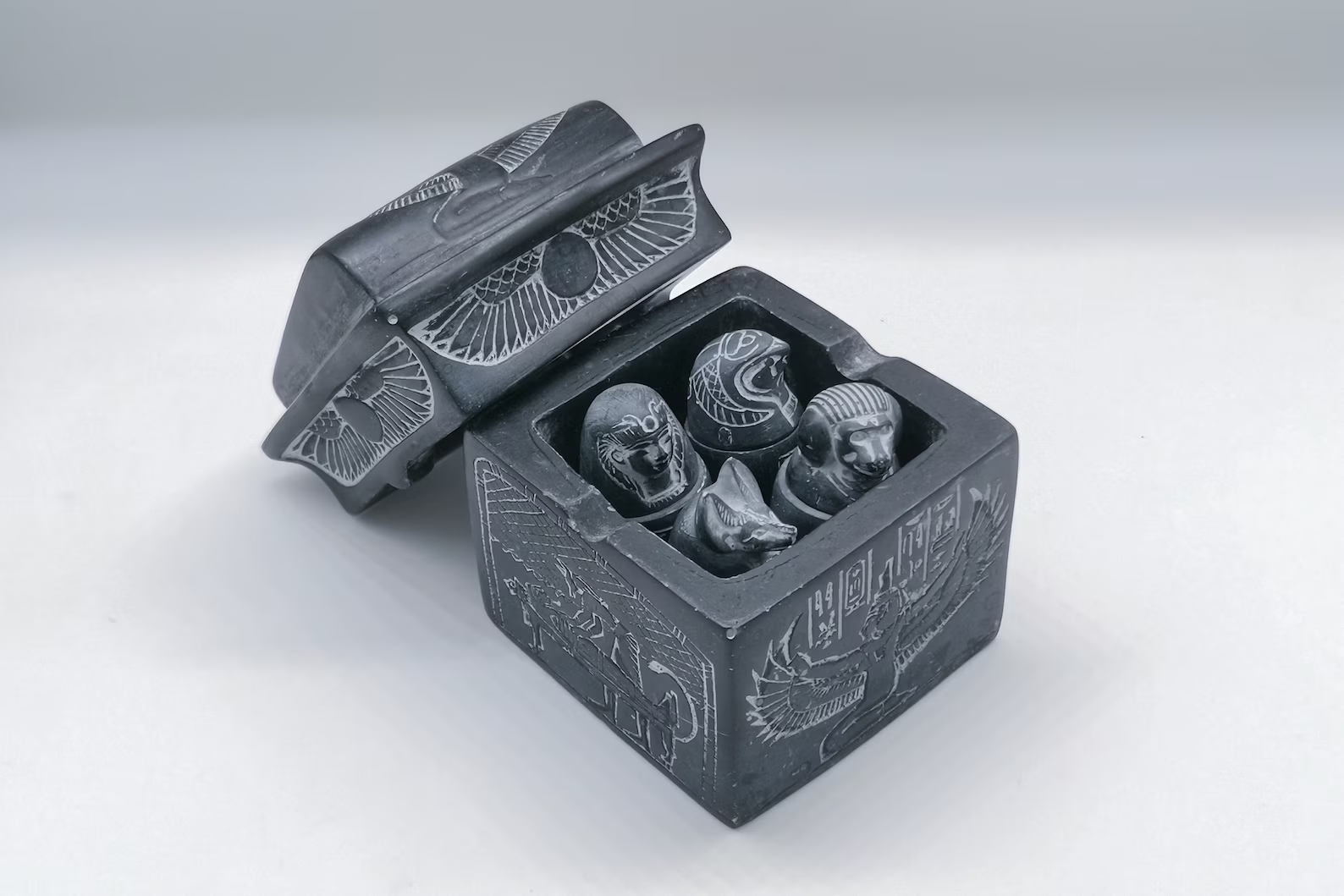


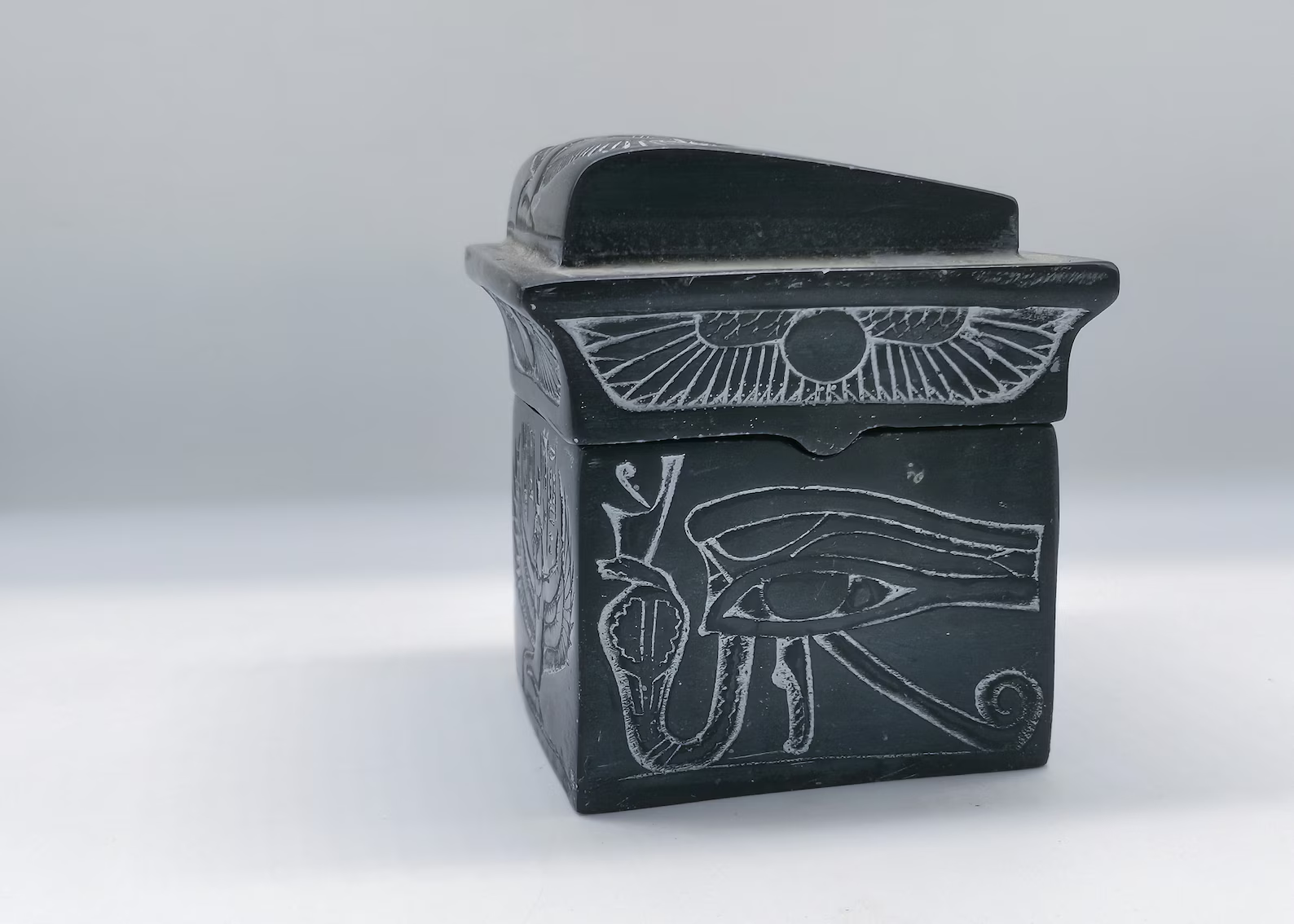

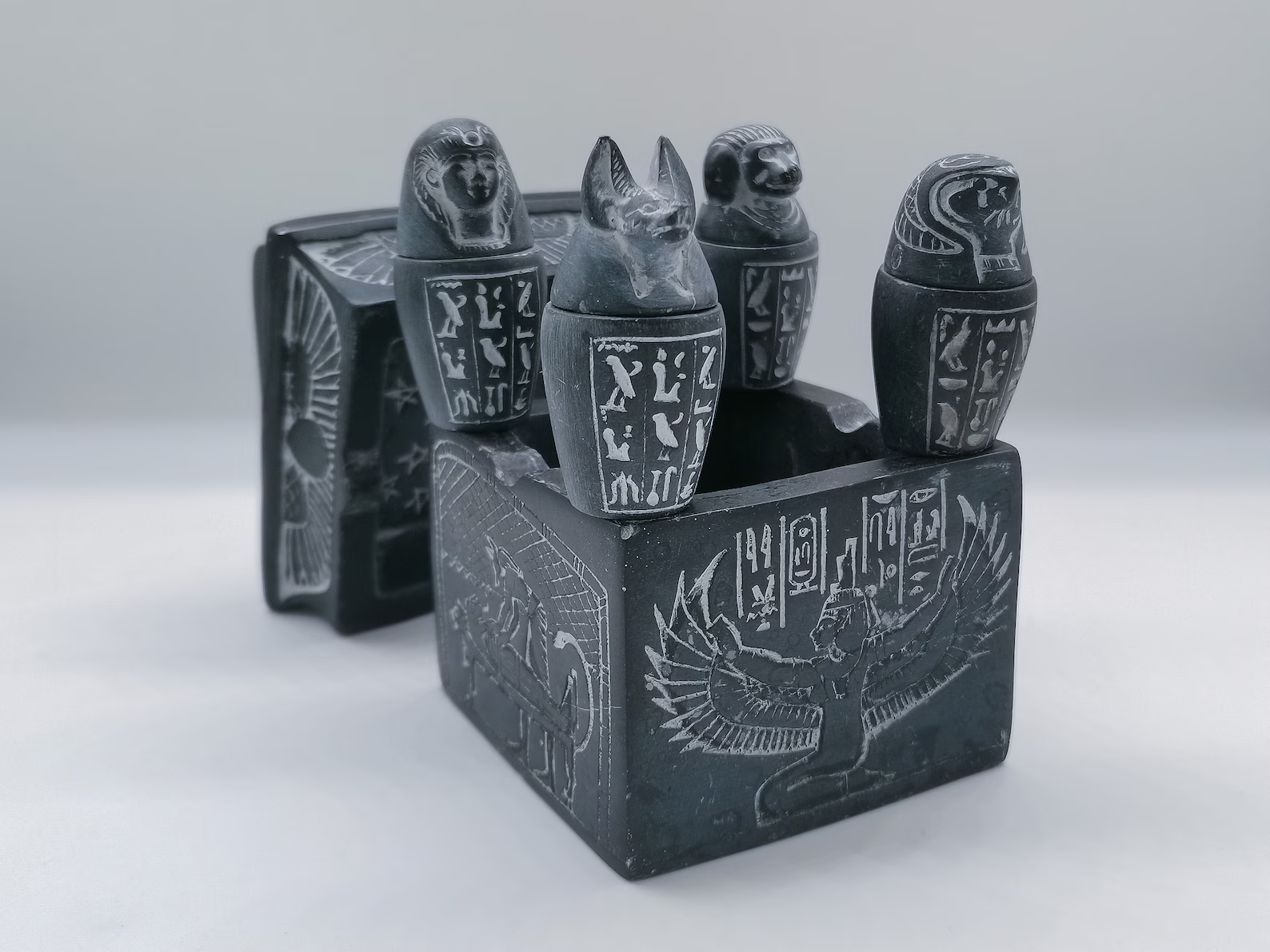









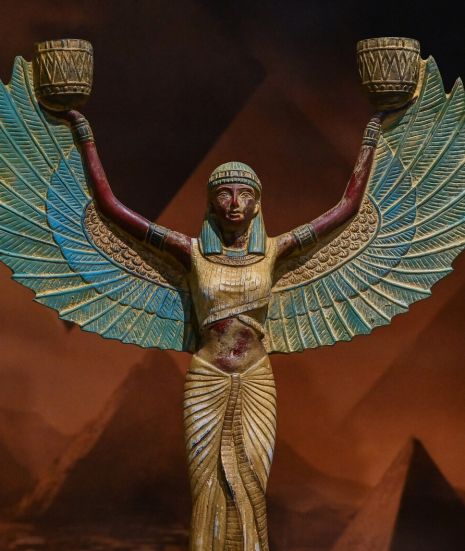





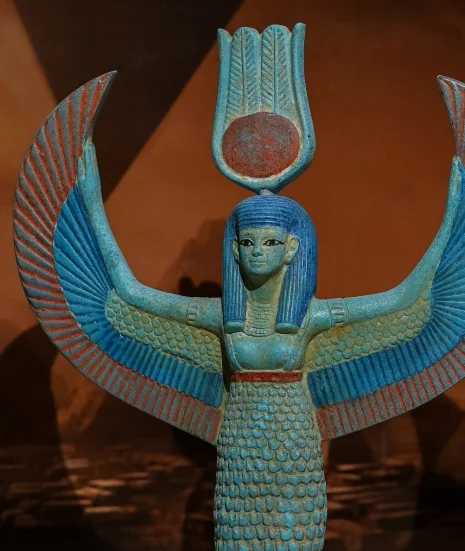



Reviews
There are no reviews yet.